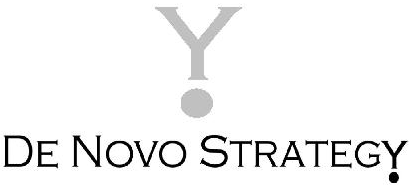Acquiring a bank with an eye on making an impact in underserved customer groups
Bank investors and organizing groups know that to be successful in today’s environment, a different type of strategy is required. Acquiring a financial institution with an unhealthy balance sheet and anemic profit potential taps more than investors’ wallets; it can tap their creativity too. One challenge lies in developing a business strategy that can win, and keep, new customers.
Untapped potential
Lena Robinson, of the Federal Reserve Bank of San Francisco, identifies four areas of untapped customer potential for the banking industry: the unbanked, underserved, emerging and immigrant markets. Unbanked consumers are those who have no existing banking relationship. Underserved consumers maintain only a checking account. Emerging consumers who use minimal banking products, but could be ready for more sophisticated debt or investment services. And immigrant consumers are generally migrant workers who have historically been unresponsive to traditional bank marketing initiatives. All of these segments represent opportunity for a newly acquired bank to create value. (http://www.frbsf.org/publications/community/investments/0311/article1.html)
Rewriting the rules
The FDIC’s survey on banks’ efforts to serve unbanked and underbanked consumers, published in February, indicates that addressing these segments efficiently has long been a problem for the banking industry. (http://www.fdic.gov/news/news/press/2009/pr09015.html) Unbanked consumers are hard to locate and not generally interested in traditional banking products and services. Underserved, emerging and immigrant consumers may be more open to the idea of banking, but they have often have little money and minimal interest in borrowing. Those two characteristics are problematic for the traditional banking business model, which emphasizes deposits and lending.
Because these untapped segments aren’t well addressed by traditional banking operations, efforts to court them must take a different approach. This approach should:
• Clearly identify the wants, needs and aspirations of customer being targeted
• Involve the creation of specialized products and services that match those customer needs, and distribution channels to match those customers’ lifestyles
• Incorporate innovative outreach programs to establish lines of communication with those target customers
• Find a way to develop trust among consumers who may be leery of financial institutions in general
• Consider the development of new ways to measure creditworthiness; consumers in untapped segments may not “pass” traditional credit tests
• Address the profit challenge associated with serving customers who aren’t likely to produce large deposits or request large borrowing facilities
In the introduction to Untapped: Creating value in underserved markets, (http://ca.csrwire.com/pdf/Untapped-excerpt.pdf) authors John Weiser, Michele Kahane, Steve Rochlin and Jessica Landis recommend businesses focus on creating win/win situations—where value is generated for the community and for the business. They also argue that it’s important for businesses to create strong partnerships with other organizations that can bring new insights and knowledge to the outreach effort.
As the banking industry continues to evolve through this period of change, new management teams and investors have the opportunity to create a new kind of value. To date, the banking industry has struggle to realize the potential in these segments—but if there ever was a time for change, it is now.
Next week, we’ll discuss specific geographies where these underserved groups are likely to exist, as well as how you can use that information to target your bank acquisition search.


